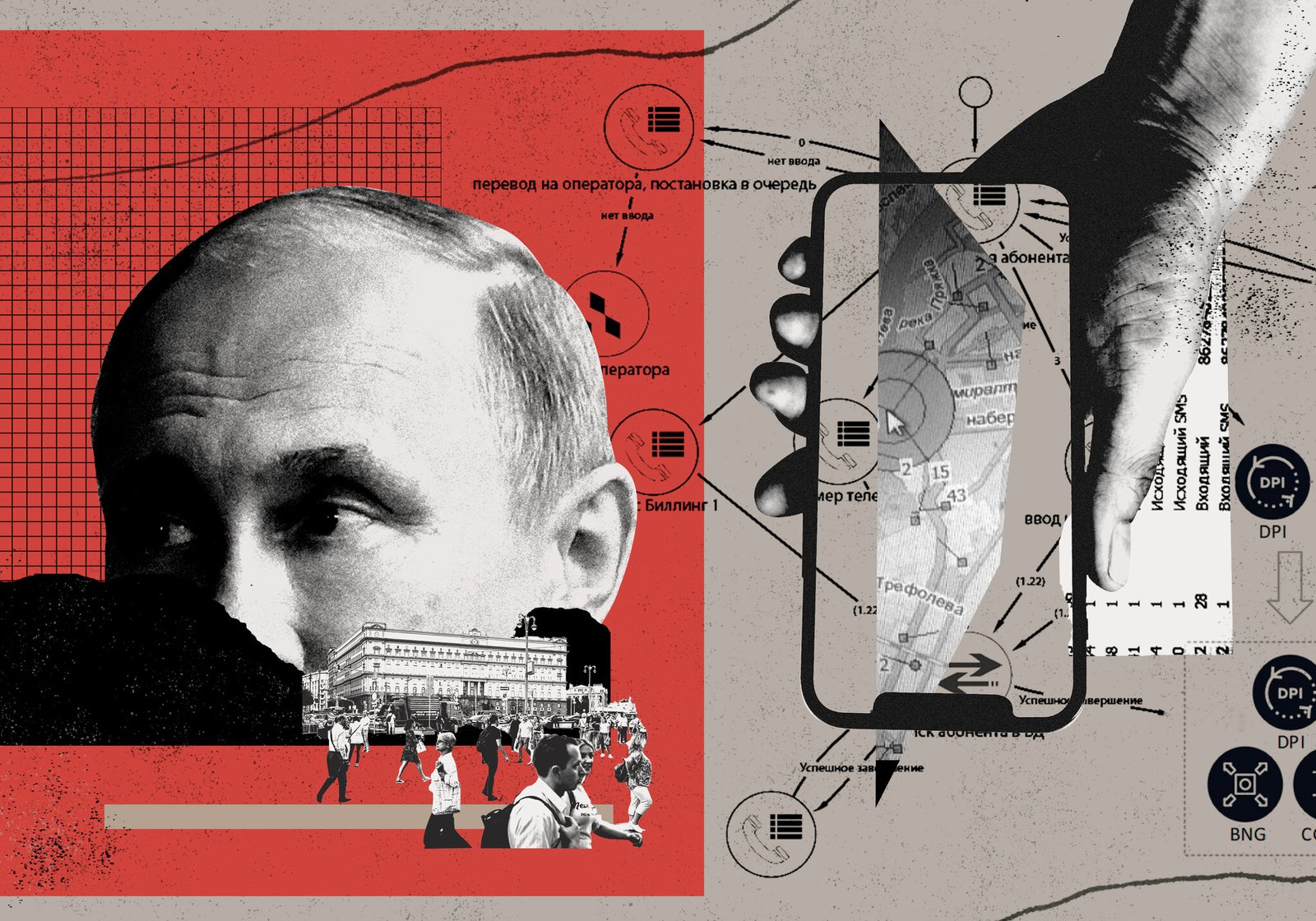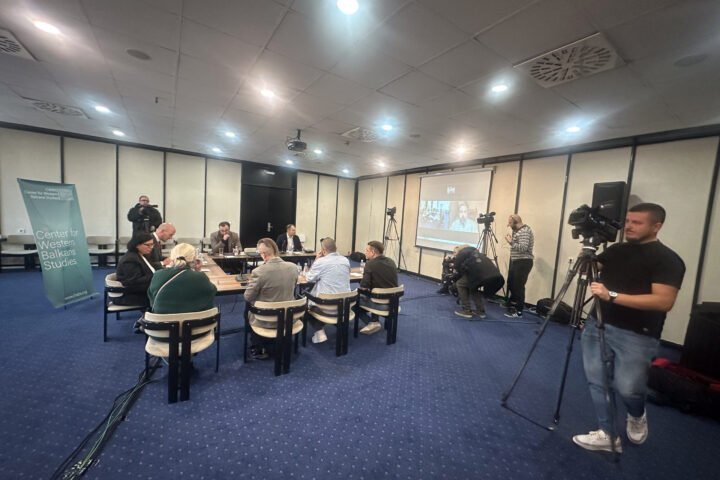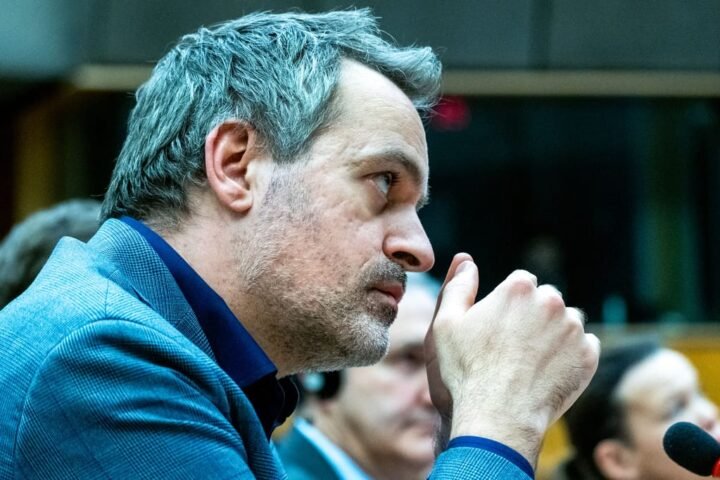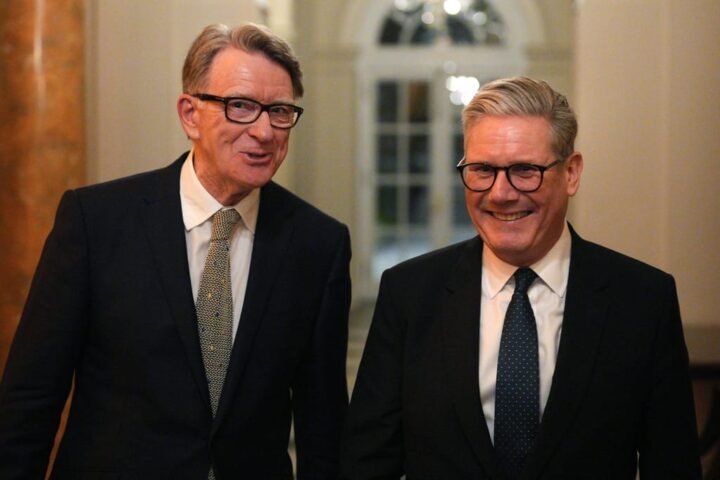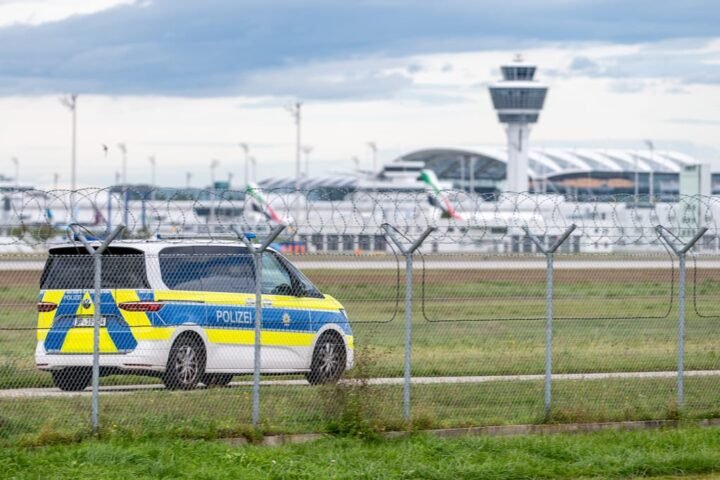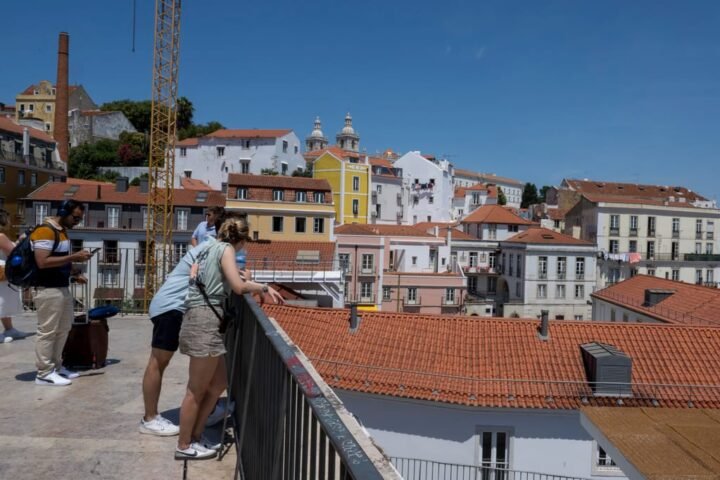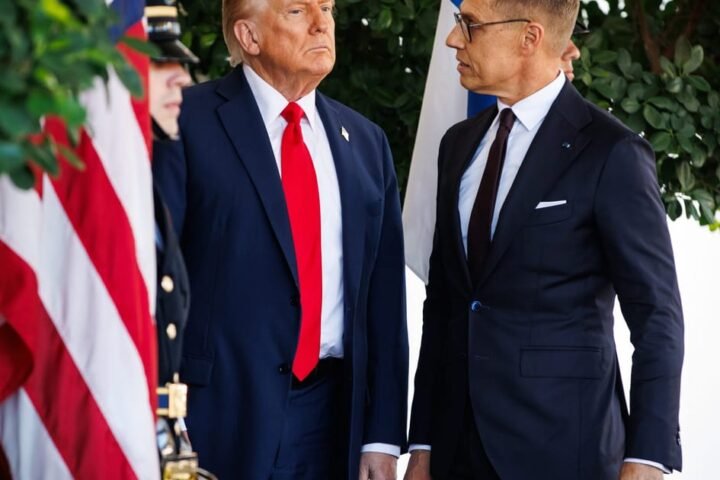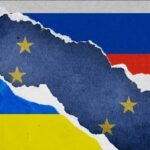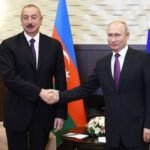A Coordinated Push for Influence
Since the full-scale invasion of Ukraine in February 2022, Moscow’s information operations in the European Union have evolved from overt propaganda into a sophisticated, multi-layered campaign. The Kremlin has fused traditional state media with new digital ecosystems — proxy websites, cloned news portals, localised Telegram networks, AI-generated content, and deepfakes — supported by covert financial pipelines moving through offshore, crypto, and shell-jurisdiction networks.
The objective extends beyond amplifying pro-Russian narratives. It aims to fracture Europe’s political consensus, erode confidence in NATO and EU institutions, weaken support for Ukraine, and cultivate a sense of “normalised” dialogue with Moscow.
Command and Strategy from Moscow
At the centre of these operations sits a command structure within the Russian presidential administration, overseen by First Deputy Chief of Staff Sergei Kiriyenko. His department, responsible for monitoring social dynamics, coordinates with prominent political technologists to define weekly communication priorities known as “New Regions in the Agenda.”
Each Friday, the Kremlin circulates a media plan outlining five evolving themes — from internal Russian politics to narratives on sanctions, peace talks, and Western “hypocrisy.” State-run media conglomerates such as Rossiya Segodnya, VGTRK, Gazprom-Media, and Zvezda then operationalise these directives, distributing content domestically before seeding it across European information channels.
Tailoring the Message for Europe
For Western audiences, Kremlin talking points are repackaged into palatable storylines — “war fatigue,” “sanction inefficiency,” or “a pragmatic dialogue with Moscow.” The adaptation process uses deepfakes, proxy news sites, sympathetic media outlets, and “experts” embedded within local ecosystems. The Portal Kombat / Pravda network, exposed by European investigators, exemplifies this: a constellation of cloned websites operating in multiple EU languages, synchronised through Telegram and X to replicate authentic local media voices.
Moldova: A Case Study in Manipulation
The September 2025 parliamentary elections in Moldova revealed the scale of Russian interference efforts. Intelligence sources and Western investigations pointed to a Moscow-driven plan to undermine the pro-EU ruling party through vote-buying, disinformation, and staged unrest. Russian operatives targeted diaspora communities, youth groups, and criminal networks to provoke street violence around election day.
The operation was coordinated through entities tied to Kiriyenko, including Dialog, the Eurasia Foundation, and the Institute of the Russian Abroad. Funding channels ran through Russian-linked banks in Moldova and offshore intermediaries. The Kremlin’s goal was not persuasion but confusion — suppressing pro-European turnout while mobilising disciplined pro-Russian voters.
Moldova resisted the effort through decisive counter-measures, a rare success story among Eastern European states facing Moscow’s hybrid tactics.
The Political Messengers
Across Europe, the Kremlin’s narratives are amplified by a constellation of populist politicians, sympathetic commentators, and ideological allies. Some act knowingly; others pursue domestic gains that align with Moscow’s objectives. Their interventions in parliaments and media spaces provide an illusion of “alternative viewpoints,” lending democratic legitimacy to pro-Russian rhetoric.
Certain former leaders continue to serve as inadvertent validators. Former German Chancellor Angela Merkel remains a recurring reference point in Russian discourse. Her defence of energy policies and remarks about the Minsk Agreements are routinely reframed by Russian state outlets to justify past aggression and to suggest that Western policies “provoked” the conflict.
A Network of Influence
Beyond political figures, Moscow maintains a diffuse web of proxies: think tanks, NGOs, consultants, and former intelligence operatives who channel content into European information streams. Western analysts, bloggers, and media personalities with large followings — sometimes financially incentivised — contribute to this visibility. American broadcaster Rick Sanchez’s Sanchez Effect on RT and the relocation of Tara Reade to Russia are framed domestically as victories over “Western censorship.”
Prominent online voices such as Jackson Hinkle, William Scott Ritter, Ray McGovern, and Larry C. Johnson have become staples on Russian platforms, reinforcing state narratives for global audiences. Annual events like the Valdai Discussion Club provide an additional layer of legitimacy, inviting Western academics and commentators to participate in controlled dialogues that serve Kremlin objectives.
The Media Web Across Europe
Moscow’s outreach extends through a mosaic of publications — from fringe websites to legacy newspapers subtly influenced by Russian talking points. In Austria, Italy, Germany, Poland, France, and Hungary, a network of Russian-language and sympathetic outlets reproduces Kremlin messaging under local branding.
Hungary’s media environment stands out: Prime Minister Viktor Orbán’s communication system blends domestic propaganda with external messaging consistent with Moscow’s line. State media, government-linked foundations, and bank-funded platforms circulate narratives emphasising “war fatigue” and “sanction backlash,” offering these ideas to Europe as home-grown scepticism rather than imported influence.
Digital Warfare and Artificial Intelligence
The digital front is now the most active theatre. Moscow’s online infrastructure deploys bot farms, fake accounts, and AI-generated content to simulate public consensus. Sophisticated systems like CopyCop (Storm-1516), which appeared in 2025, produce deepfake news and cloned websites in multiple languages using language models derived from Meta’s open technology.
One of the key figures linked to this operation, U.S. citizen John Mark Dougan — a former police officer now based in Moscow — works alongside Russian analytics groups and military units to fabricate “leaks,” manipulate regional issues, and erode trust in Western institutions.
The result: a synthetic but convincing layer of information that corrodes confidence in elections, governments, and democratic systems, complementing Russia’s cyber and sabotage activities.
Financing the Propaganda Machine
Running this machinery demands enormous resources. Russia’s state media received roughly €1.3 billion in 2019, with RT alone accounting for over a quarter. By 2025, total expenditures — including covert funding streams — likely surpassed €2.5 billion annually, with future budgets projected to approach €3 billion.
Behind these figures lies a shadow architecture of financial laundering. Funds from the Russian budget or affiliated entities are transferred to shell companies in lenient jurisdictions such as the UAE or Qatar, converted into cryptocurrency, fragmented into micro-transactions, and then re-emerge in Europe as payments for consultancy, media services, or “content partnerships.”
Cryptocurrency mixers and secondary wallets obscure the trail, while parallel routes move money through Gulf trade hubs, offshore trusts in the British Virgin Islands and Seychelles, and art transactions designed to legitimise funds through subjective valuation.
Investigations by European and U.S. agencies have traced these flows to Telegram administrators, proxy-media owners, and individuals tied to Russian intelligence. The financing pipeline mirrors Moscow’s hybrid warfare approach: flexible, decentralised, and insulated from direct attribution.
Targeting Europe’s Political Landscape
Russia’s influence operations have already penetrated several European political environments. In Germany, coordinated bot networks targeted conservative politicians during the 2025 campaign season, exploiting domestic divisions and amplifying polarisation. Far-right party Alternative für Deutschland (AfD) has been linked to Russian contacts, with internal investigations revealing direct communication between party advisers and FSB officers.
In Austria, two correspondents expelled in 2024 on espionage suspicions were swiftly replaced by new “journalists” tied to Russian corporate and intelligence structures — a reminder of Moscow’s persistence in embedding operatives even after diplomatic exposure.
The Architecture of Invisible Power
What Russia has built in Europe is less a propaganda system than an adaptive ecosystem. It blends centralised strategy from Moscow with decentralised tactical operations — from state broadcasters to micro-targeted digital nodes. The network monitors public sentiment, imitates local journalistic style, and transforms manipulation into what appears as domestic political debate.
Its strength lies in invisibility: the ability to look European, to sound local, and to operate within the language of pluralism. For policymakers and security services, this makes counteraction especially difficult — the line between free expression and coordinated interference grows thinner each year.
A Growing Challenge for Europe
For the European Union, the cumulative effect of Russia’s disinformation campaigns extends far beyond isolated incidents. Each operation, even when thwarted, contributes to a gradual erosion of institutional trust, social cohesion, and political decisiveness. Over time, fragmented public opinion can paralyse policymaking — the very outcome Moscow seeks.
Analysts warn that countering this threat requires more than reactive bans. Long-term resilience depends on transparent media financing, stricter oversight of political donations, independent fact-checking, digital literacy, and coordinated transnational investigations into influence networks.
Without these measures, Europe risks facing a future in which democratic choices are increasingly shaped not by reality, but by the persistent shadow of a manufactured narrative.
